The Great British Railways system is the oldest and the birthplace of the modern railway system in the world. The Liverpool and Manchester Railway opened, heralding the advent of steam-powered railways for public transport. The track laid was predominantly iron rails on wooden sleepers. In the 19th Century, the Great British Railway system expanded from local routes to a national network managed by numerous small companies.
- 1830-1870 – railroad tracks went from 49 miles to over 15,000 miles
- Steel rails replaced iron rails. John Birkenshaw developed wrought iron rails in 1820
- 1869 – Westinghouse’s air brake made train travel safer
- More excellent train travelling comfort – heavier train cars, improved road beds, and sleeping cars
Table of Contents
Early Development and Consolidation of Great British Railways (19th Century):
At the start of the 18th Century, Britain’s transport system was ancient and slow. It could take several weeks to get from one part of the country to another. Many roads were just mud tracks which ran along the remains of the old Roman roads built over a thousand years before.
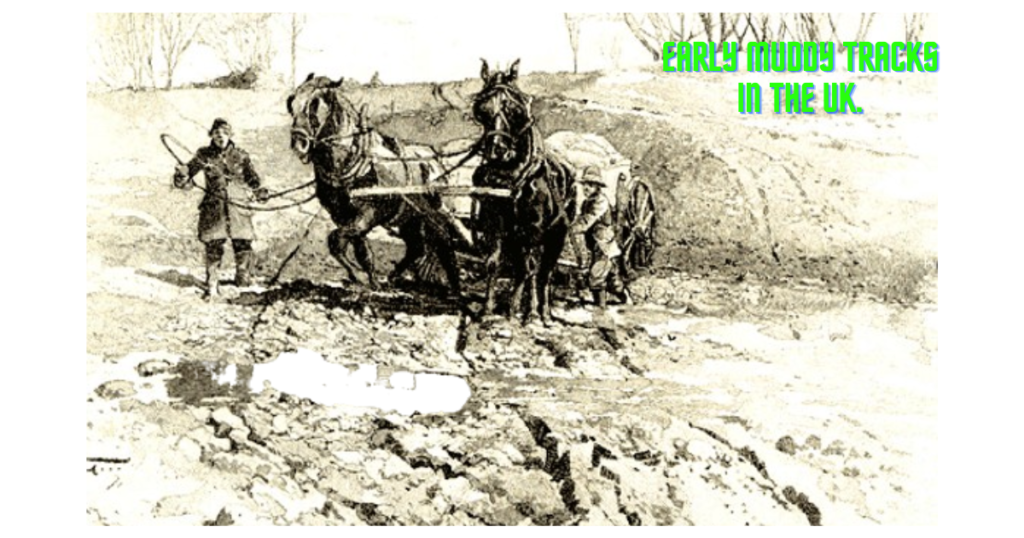
The Lake Lock Rail Road in England was the first public railway. Benjamin Outram improved railways in 1793 by using cast iron rails. Then, William Jessop improved them further by removing the guiding ledges. The Swansea and Mumbles Railway started carrying passengers in 1807. The steam locomotive Salamanca became a success in 1812.
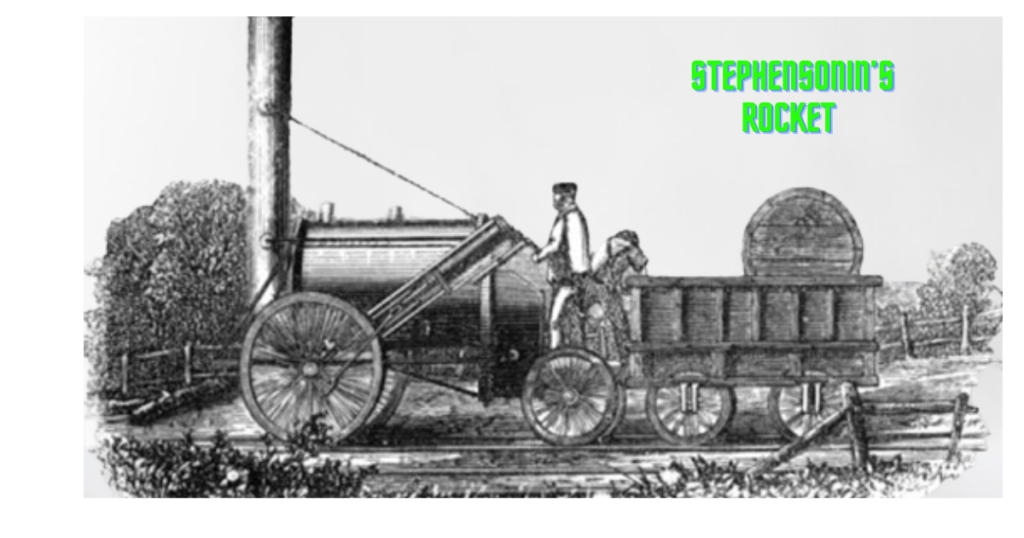
In 1820, George Stephenson constructed a railway line to transport coal from Stockton to Darlington. A railway line opened for passengers from Manchester to Liverpool in 1830.
Great British Railways Expansion Lines From 1830 Onwards
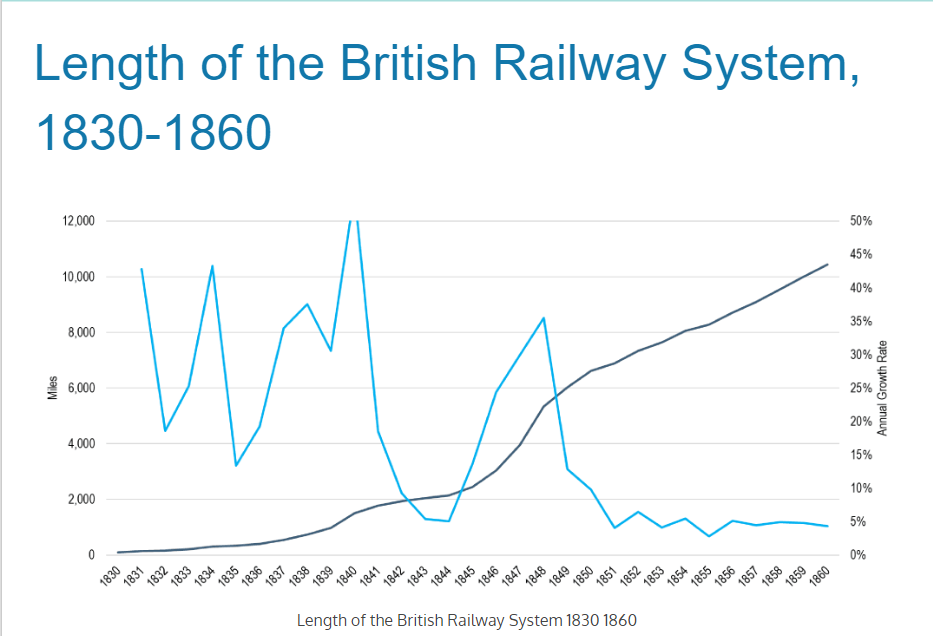
In 1830, there were only 125 miles of railway lines in Great British Railways. By 1837, significant progress was made as Birmingham became connected to Liverpool and Manchester, laying the groundwork for an inter-regional rail network. By the end of 1838, major cities like Liverpool, Manchester, Birmingham, and London were linked by railways.


The 1840s saw rapid progress in Great British railways system, fundamentally altering travel and goods transportation. Initially operated by small companies, railways later merged into larger entities.
Government involvement increased to ensure safety, culminating in complete government control during World War I. Railways expanded from London towards the west and southwest, connecting to Bristol and Southampton, respectively. The construction of the Taff Valley Railway in 1840-41 revolutionized coal transportation in the region, ending canal companies’ monopoly. The railway’s reconstruction in 1846 and extension to the Rhondda Valley in 1855 significantly boosted coal production. In 1850, there were approximately 6,000 miles of track. By 1870, this figure had more than doubled, reaching about 13,600 miles in Great British Railways.
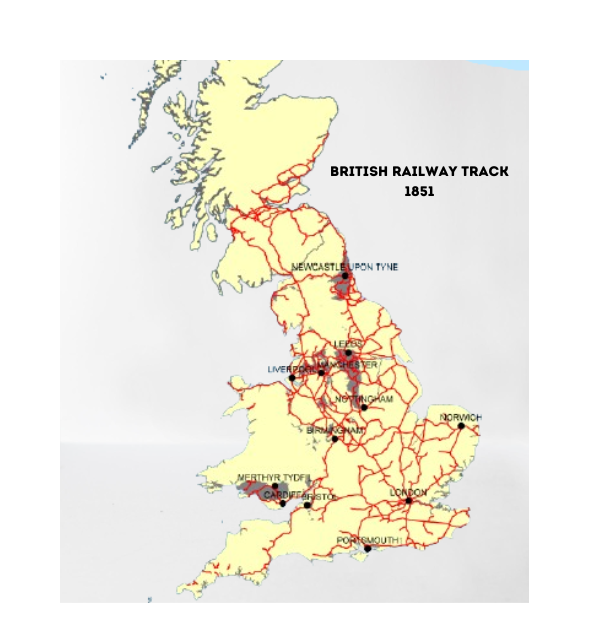

In 1914, there were about 20,000 miles (32,000 km) of Great British Railways track, run by 120 competing railway companies
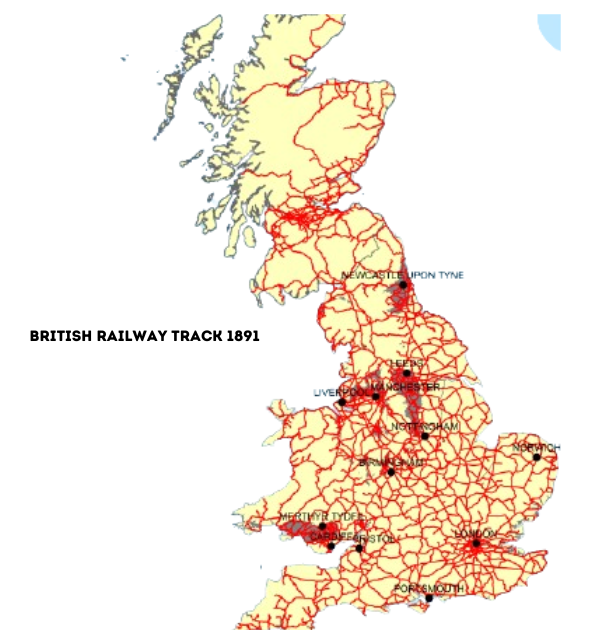
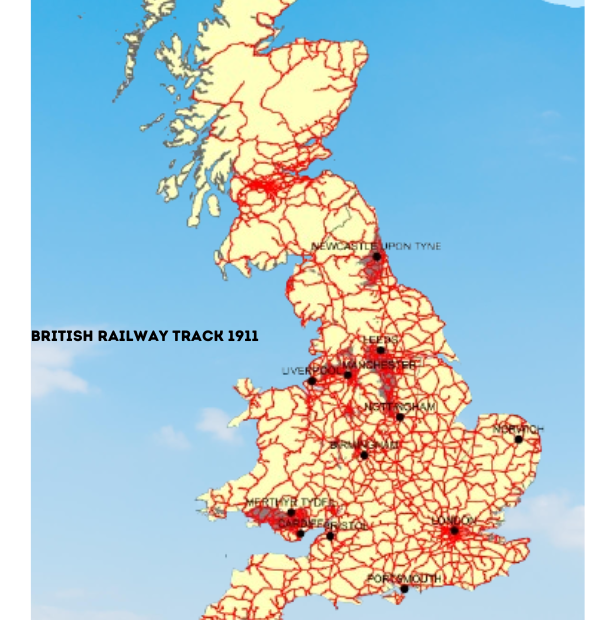
These developments illustrate the transformative impact of railways on Britain’s society, facilitating connectivity, economic growth, and demographic changes.
Government Control and Formation of the “Big Four” (1923):
During World War I, the government formed the “Big Four” railway companies in 1923. Railways made more advancements, such as electric and diesel trains, in the 1920s and 1930s. The Transport Act of 1947 led to the nationalization of Great British railways. This means the government took control of the railways.
During World War II, railways helped with the war effort but were also struck by bombings. After the war, the government took over the railways in 1948 and called them British Railways.
In 1948, the British Transport Commission (BTC) started running the railways and named them British Railways. The BTC split the rail network into six regions based on geography, though this was later reduced to five regions. They started well but lost money because of competition from roads.
Nationalization and Post-War Challenges (1948-1990):
After the war, the government nationalized the railways in 1948 as British Railways. Initially successful, profitability declined by 1955 due to road competition. Modernization efforts in the 1950s and 1960s, including Dr. Beeching’s restructuring, aimed to counter losses but faced public backlash.
In 1962, a new law replaced the BTC with the British Railways Board in 1963. The board focused on moving lots of people and goods on the main railway lines. They also decided to close smaller, less profitable branch lines and stations to save money.
Between 1963 and 1975 the board shortened the Great British railways routes from 17,500 miles (28,000 km) to 11,000 miles (17,000 km) and cut personnel from about 475,000 to about 250,00.
The impact of Great British railways
Railway Speed: In 1830, stagecoaches from London to Birmingham took over 15 hours, while trains in 1911 reduced this to mere hours due to an average speed of 40 mph. Similarly, journeys to Manchester and Newcastle, which took over 20 and 30 hours respectively by stagecoach, were significantly shortened by trains.
2. Passenger Journeys: The number of railway passenger journeys soared from approximately 20 million in the early 1840s to nearly 1,300 million in 1911. This dramatic increase was attributed mainly to providing third-class accommodation and its affordability, catering to the working population’s travel needs.
3. Freight Traffic: By 1911, railways carried around 520 million tons of goods, overshadowing canals, which transported only around 40 million tons. This shift indicated railways’ dominance in transporting bulky goods over the traditional canal system.
4. Social Saving Approach: Fogel estimated that social saving from railways contributed around 2.7% of GDP in the American agricultural sector at the end of the 19th Century. Hawke’s estimate suggested railways contributed 6-11% to national income in England and Wales in 1865, with most of the savings coming from passenger traffic.
5. Historical Analysis: The breakthrough in railway research in the 1960s, spearheaded by Fogel and Fishlow, marked a shift towards quantitative analysis of railways’ economic impact, though consensus on their overall effect remained elusive.
Privatization and Challenges in Great British Railways (1990s-Present):
From 1994 to 1997, the Conservative government, led by John Major, sold off British Rail. They split it into two companies, one owning the tracks and infrastructure (railroad) and the other running the trains (private operators). Freight services were also sold off. Since then, more people have been using trains, even though tickets have become more expensive. Trains are now safer, but some significant accidents have made people worry. One lousy accident led to the collapse of the Railtrack business and the replacement of Network Rail. Railway workers had caused problems in 2016, mainly because of disputes over safety on the railways and the role of guards. In the 2020s, the COVID-19 pandemic caused a significant decline in passenger numbers. The government supported the rail industry, and subsidies increased three times since the late 1980s.
Current Great British Railways Network
The United Kingdom does not have a single national network of Railway tracks or single gauge Tracks. There are 14 railway routes track, further divided into five Network Rail regions. These five Network Rail regions are Eastern, North West & Central, Scotland’s Railway, Southern and Wales & Western. The National Rail network has about 10,072 route miles (16,116 km) in Great Britain and 189 route miles (303 route km) in London, taking three, five and seven hours, respectively. Railways meant people could travel faster than ever in Britain.
Permissible and Maximum Speed on UK Railway:
The United Kingdom’s passenger train speeds vary depending on the conditions of the rolling stock, track, stoppage of trains, and signaling systems. There are four main trunk routes from London, allowing trains to travel at up to 200 km/h: to Edinburgh, Trent Junction, Glasgow, and. Other central lines typically have line speeds of 160–175 km/h. Some other big city routes, like South Devon and Cornwall, are slower, with a top speed of 110 km/h. Rural roads are slower, like the Cambrian coastline in Wales, where speeds only go up to 80 km. A high-speed line from London to the Channel Tunnel is where trains between 225 and 300 km/h can go fast. These are the fastest international Eurostar UK trains in daily passenger operation, operated from London to France, Belgium, and the Netherlands.
Gauges Used Great British Railway
The British Railway (Network Rail) uses two national gauges. Great Britain (England, Scotland & Wales) uses a standard gauge of 1,435 mm, and Northern Ireland uses a broad gauge of 1,600 mm. The London Underground and the Docklands Light Railway (DLR) also use a standard gauge of 1,435 mm. The Glasgow Subway uses a narrow track gauge (1,219 mm).
Economic contribution by rail to the UK economy:
- Passenger Travelled: About 1.385 billion passengers in Great Britain in 2023 travelled on trains.
- Rail Freight: In 2023, rail freight was hauled approximately 15.73 billion net tonne kilometers (9.77 billion net tonne miles).
- Economic Contribution: Railways are a big deal for the UK’s economy, contributing approximately £36 billion every year. Tobacco manufacturing, chemical, and pharmaceuticals also contribute.
- Employment: The railways employ around 600,000 people, equal to the working population of Briming, one of the UK’s biggest cities.
Current Signaling System in Great British Railway
In British signaling, color light signals indicate the track’s State ahead. The railway signaling system used across most of the United Kingdom rail network uses lineside signals to control the movement and speed of trains. British railway signaling is based on color light signals, Automatic Train Protection (ATP) systems, and Automatic Signaling. British railways have used ATP systems for decades, which automatically apply the brakes if the train is going to exceed the speed limit or is not stopping at a signal. British railways use Automatic Signaling based on track circuits and relays. British railways also have Automatic Train Control (ATC), which uses onboard equipment to ensure the driver follows the correct route and speed.
Locomotive Traction:
The two most common systems are 25 kV AC using overhead lines and the 750 V DC third rail system used in Southeast England and Mersey rail. In October 2023, 6,065 kilometers (3,769 mi) (38%) of the British rail network was electrified.
Privatization of British Rail:
British Rail transferred track and infrastructure ownership to Railtrack, while passenger operations were franchised to private operators and freight services were sold outright.
After the Hatfield accident, several engineering restrictions were imposed, as well as other issues. Railtrack collapsed and was replaced by Network Rail in 2002.
Network Rail is an executive non-departmental public body backed by the Department for Transport and controlled by the Office of Rail and Road (ORR). Network Rail has owned, operated, maintained, and developed Britain’s railway infrastructure, ensuring its safety and reliability.
The Department for Transport (DfT) oversees passenger- and train-related matters. Train operating companies (TOCs), both for passengers and freight, are responsible for running the trains. In the financial year ending March 2023, government support to the railways totalled £21.1 billion.
Legacy and Popularity
Despite issues and challenges faced in 2002 after a fatal accident at Hatfield in the United Kingdom, train journeys remain popular for their romance and appeal, with dedicated operators, albums, and heritage steam railways attracting tourists.
FAQs
what is great British railways
Great British Railways (GBR) is a planned state-owned public organization that will manage rail transport in Great Britain, with the exception of Transport for London. This means GBR will be responsible for most of the country’s railways, aiming to improve and streamline services.
What is the difference between Network Rail and Great British Railways?
Network Rail manages and maintains railway infrastructure in Great Britain. Great British Railways (GBR) is a proposed organization that will oversee both infrastructure and train services, aiming for a unified and more efficient rail system
Where is Great British Railways Headquarter?
The headquarters for Great British Railways (GBR) will be located in Derby, England. Derby was chosen due to its rich railway heritage and central location, which aligns with GBR’s aim to oversee and unify the country’s rail services.
Reference
https://www.campop.geog.cam.ac.uk/research/projects/transport/onlineatlas/railways.pdf
https://www.bbc.co.uk/bitesize/articles/z88jmbk#z92ts82
https://www.britannica.com/money/British-Railways
https://en.wikipedia.org/wiki/History_of_rail_transport_in_Great_Britain

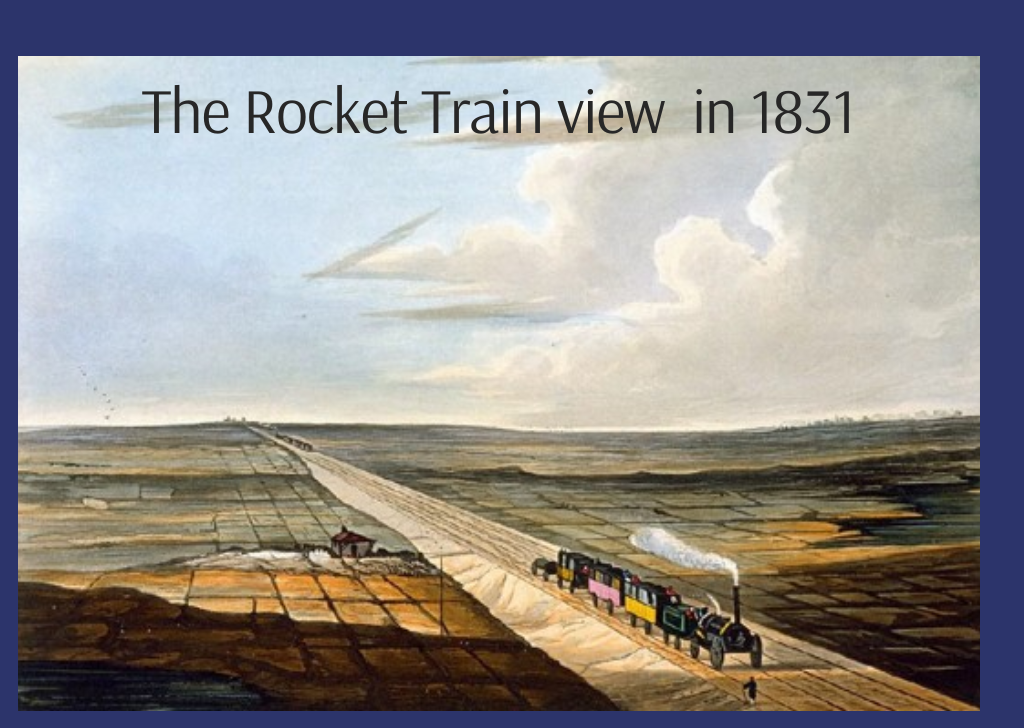
4 thoughts on “How Great British Railways Evolved Through the Years”